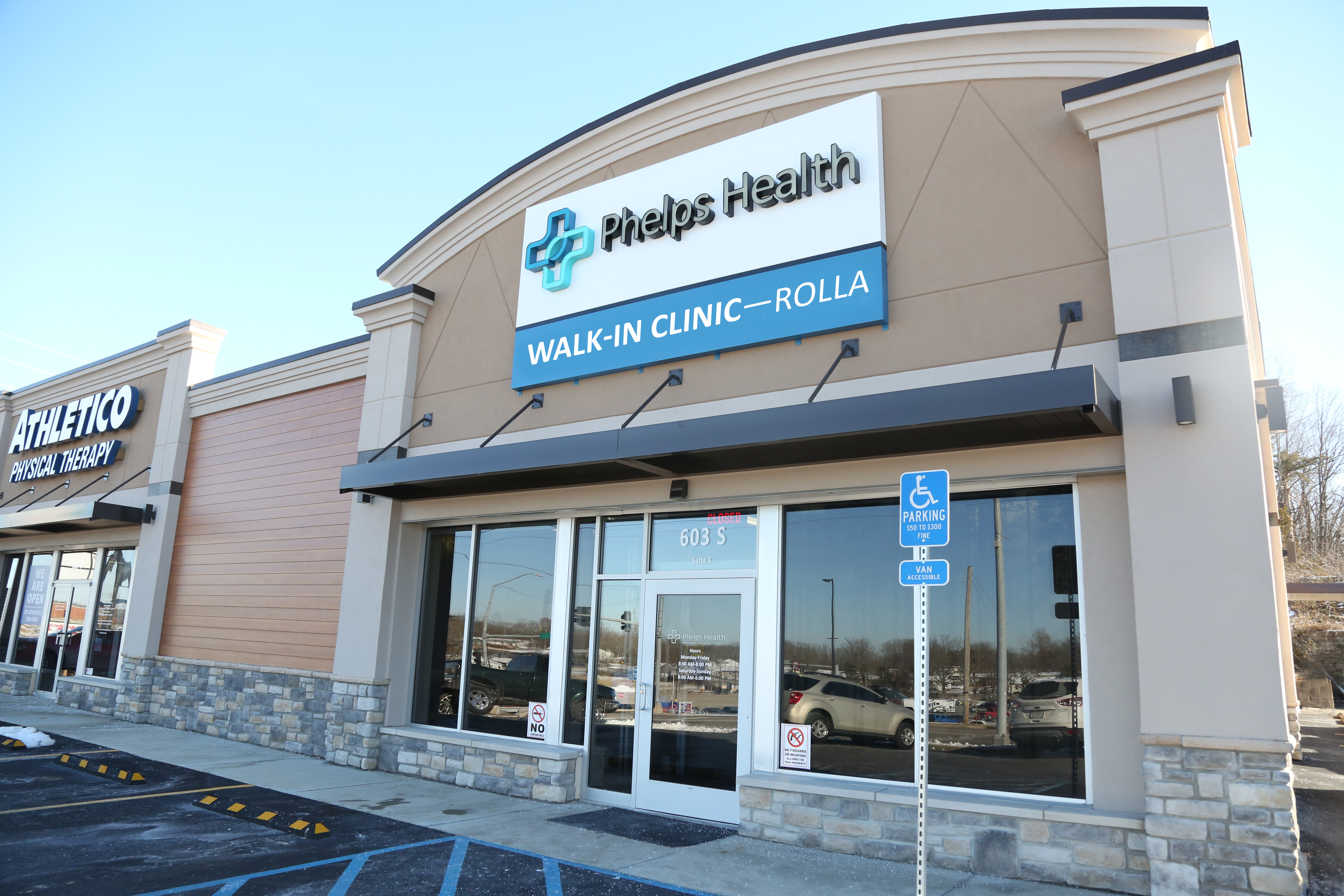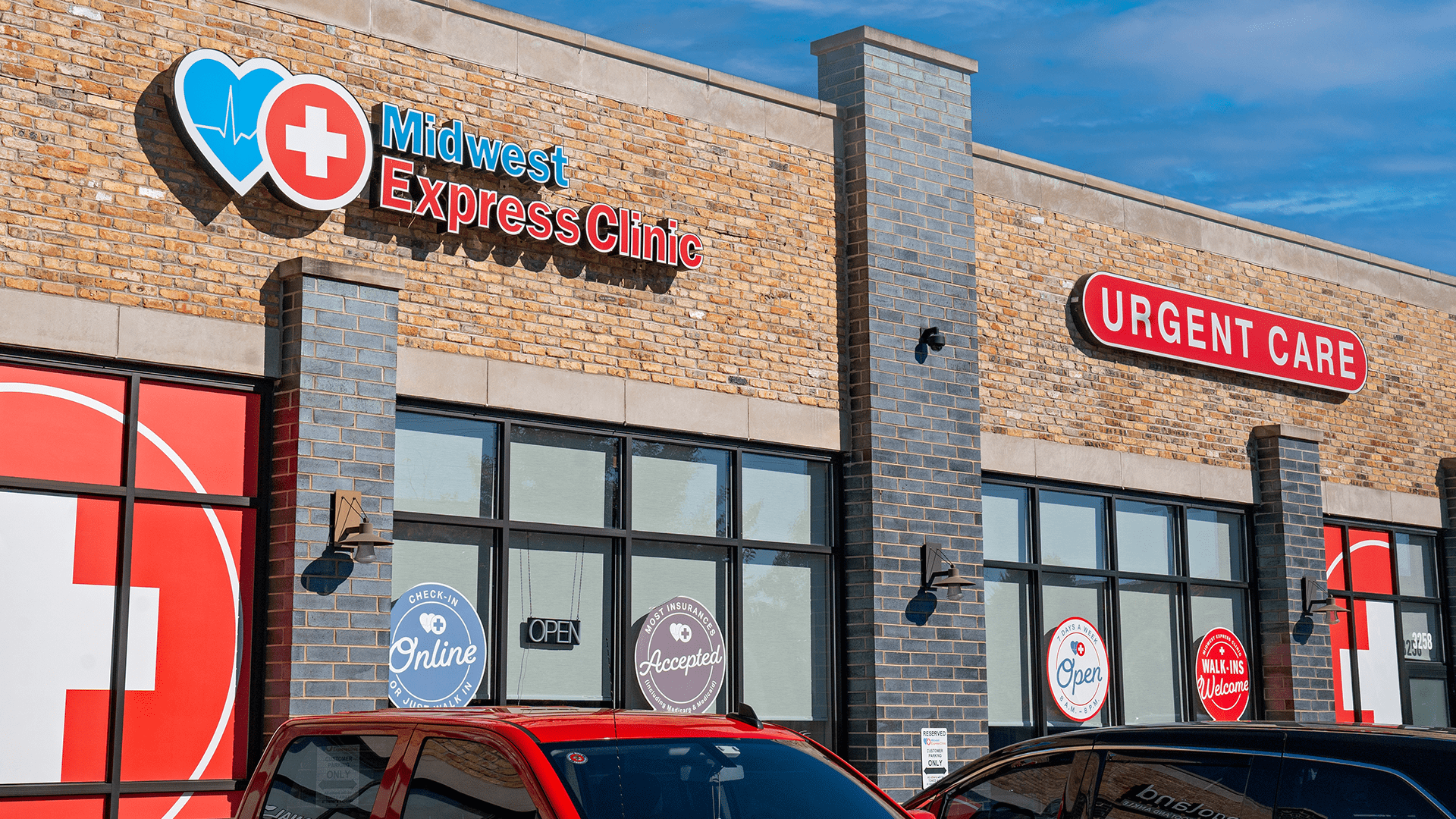Locating the Most Effective Clinic for Your Urgent Care Requirements
Locating the Most Effective Clinic for Your Urgent Care Requirements
Blog Article
Just How Urgent Care Clinics Enhance Accessibility to Healthcare for Patients With Immediate yet Non-Emergent Medical Demands
Urgent treatment centers have actually emerged as a crucial component in the health care landscape, dealing with the demands of patients who call for immediate attention for non-emergent problems. By operating exterior of standard workplace hours and using a streamlined technique to small injuries and diseases, these facilities not just lower the worry on emergency situation departments but additionally boost general person accessibility to timely treatment. As we think about the effects of this version, it comes to be important to check out exactly how immediate care facilities are changing client experiences and end results in manner ins which merit further expedition.
Function of Urgent Care Clinics
Immediate treatment centers play an important duty in the medical care system by offering immediate and accessible medical solutions for non-life-threatening problems. These facilities function as a crucial bridge in between health care providers and emergency situation departments, efficiently relieving the problem on health centers while guaranteeing individuals obtain timely care. By operating prolonged hours, consisting of weekend breaks and evenings, immediate treatment facilities deal with people that might not have the adaptability to go to a standard doctor's office during conventional business hours.
The range of services offered at urgent care facilities consists of treatment for small injuries, illnesses, and analysis solutions such as X-rays and research laboratory examinations. This breadth of care permits clients to attend to a range of health problems without the long haul times usually linked with emergency clinic. Furthermore, urgent treatment clinics commonly use a diverse team of health care specialists, consisting of doctors, nurse specialists, and physician aides, who are outfitted to manage various clinical situations.
Advantages of Immediate Accessibility

Additionally, prompt accessibility minimizes the burden on medical care service providers and emergency divisions by drawing away less vital situations to ideal setups. This reduces congestion in emergency situation rooms, permitting those with real emergency situations to obtain the immediate treatment they require without unneeded hold-ups.
Furthermore, the convenience of prolonged hours and walk-in availability means that individuals can look for treatment without the demand for consultations, which is specifically helpful for people with uncertain routines or those that may experience abrupt wellness issues. - Urgent Care
The access of immediate care facilities cultivates a positive technique to wellness, motivating clients to seek clinical recommendations and therapy quicker as opposed to later on. This not only boosts person fulfillment but likewise promotes a culture of precautionary care, ultimately causing much healthier communities.
Contrast With Emergency Clinic
Frequently, clients discover themselves unsure whether to go to an urgent care facility or an emergency space when confronted with a clinical problem. Urgent Care. Understanding the differences in between these two medical care choices is crucial for making educated choices. Urgent treatment clinics are designed to deal with instant yet non-emergent clinical worries, such as small injuries, infections, or health problems. They typically run with extensive hours, including nights and weekends, supplying timely gain access to for clients who may not require the thorough solutions of a hospital.
On the other hand, emergency situation areas are equipped to handle serious scenarios and extreme clinical emergency situations, such as next page cardiac arrest, strokes, or major injury. These facilities provide sophisticated diagnostic tools and expert examinations, which can cause much longer wait times for clients with less critical problems. Typically, emergency situation spaces have a tendency to be more costly than immediate care centers, making immediate treatment an extra cost-efficient alternative for non-emergent demands.
Eventually, while both immediate treatment facilities and emergency situation rooms play important functions in the health care system, understanding their respective features allows individuals to choose the ideal setup based on the seriousness and nature of their clinical problems.
Providers Supplied by Urgent Treatment
Immediate treatment facilities offer a broad variety of services tailored to resolve non-emergent clinical requirements, making them a practical alternative for individuals seeking punctual interest. These centers are equipped to manage numerous problems, including small fractures, sprains, and lacerations, which require instant treatment but do not demand emergency clinic intervention.
Furthermore, urgent treatment facilities use analysis solutions such as X-rays and research laboratory examinations, find more info enabling quicker evaluation and treatment of diseases. People often present with typical disorders like colds, flu, and infections, which can be effectively handled on-site. Immediate care facilities regularly provide preventive solutions, including vaccinations and wellness screenings, contributing to total public health and wellness.
An additional essential service supplied is the monitoring of chronic problems intensified by severe signs and symptoms, such as bronchial asthma or diabetes, making certain clients get prompt treatment without overwhelming emergency solutions. Several centers also expand their hours beyond standard office schedules, boosting access for clients who may need treatment during nights or weekends.
Improving Individual End Results

Urgent treatment centers are equipped to manage a variety of non-emergent clinical issues, including minor injuries, infections, and health problems. Their concentrate on obtainable, top notch care permits clients to obtain suitable treatments and preventative solutions, promoting better health and wellness administration. Additionally, these facilities typically use a multidisciplinary method, integrating various healthcare experts to make certain thorough care.
Patient education and learning is also a vital element of boosting results. Urgent treatment carriers often provide support on follow-up treatment, preventive steps, and way of life adjustments, equipping patients to take an energetic role in their wellness. The mix of instant access, specialist treatment, and individual education and learning not only boosts complete satisfaction however also leads to boosted long-lasting health and wellness results, enhancing the value of urgent care centers in the health care continuum.
Final Thought
In recap, urgent care centers serve an essential function in enhancing medical care accessibility for people with immediate, non-emergent clinical requirements. Eventually, immediate treatment centers are vital in bridging the void between main treatment and emergency services, making sure efficient and accessible health care for communities.
On standard, emergency situation spaces often tend to be content more costly than immediate care facilities, making urgent care an extra affordable alternative for non-emergent needs. (Urgent Care)

Inevitably, immediate care facilities are crucial in linking the space in between primary care and emergency services, ensuring effective and obtainable healthcare for neighborhoods.
Report this page